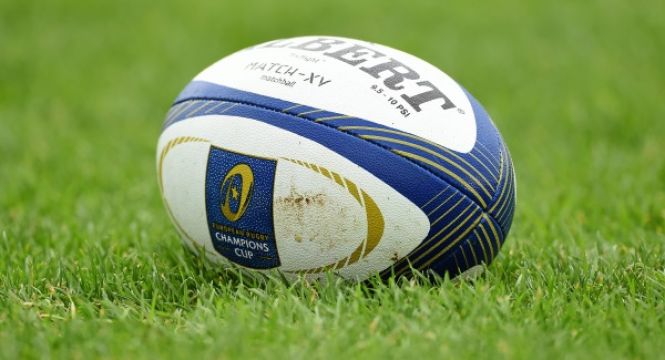School rugby teams can expect to lose an average of 324 days from play due to injuries to their players each season, with head injuries — including concussion — one of the biggest issues.
As the Irish Examiner reports, after examining data from 15 male school Senior Cup teams across two seasons, researchers from the University of Limerick found that tackling is the main reason for injuries sustained by teenage rugby players.
Their research also found that the highest proportion of injuries occurred during the third quarter of games and that forwards were more likely than backs to suffer an injury, particularly around the high rate of head and shoulder injuries.
The researchers suggest the need for more targeted injury-prevention strategies and further education and laws around the tackle.
Sports Health, who published the study, analysed data relating to 339 players in the first season, and 326 players in the second season. The players were aged from 16 to 19.
Across the two seasons, 207 match injuries were recorded, totalling 6,810 days absence from rugby activities," the authors stated.
While forwards sustained significantly more injuries (65 per cent) than backs (35 per cent), those playing in certain positions are also more likely to get injured, particularly the forward lock positions (numbers four and five), who sustained 15 per cent of all injuries, followed by the blindside flanker (number six).
Some 26 per cent of players sustained at least one match injury across the two seasons, whereas 7 per cent sustained more than two match injuries across both seasons.
The shoulder was the most injured body location, followed by the head and ankles. Overall, lower-limb injuries were most common, particularly strains and sprains.
However, forwards were more likely to suffer shoulder and head injuries than backs and, according to the research, "forwards sustain more injuries than backs and are at a significantly higher risk of sustaining concussions".
"The high incidence and burden of shoulder injuries in this cohort is concerning, given the associated high risk of recurrence and the inherent instability of the shoulder joint itself," the report stated.
"This, coupled with the skeletal immaturity of the shoulder joint in school-age players, may predispose this group to a higher shoulder-injury risk compared with their adult counterparts."







